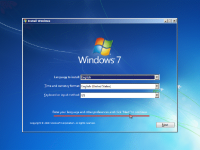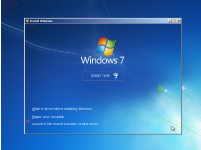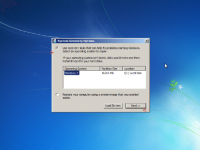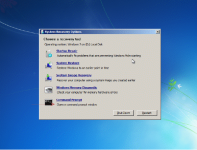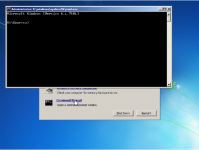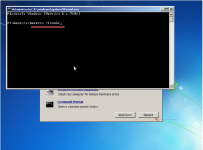- Jan 24, 2011
- 9,379
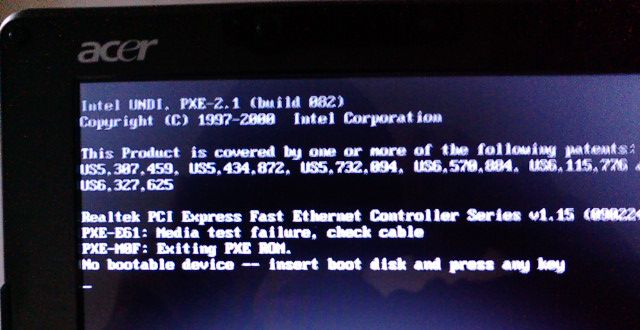
If your computer won't boot,and you are seeing a no bootable device – insert boot disk and press any key notification, then you can follow the below guide to fix your computer.
How to fix a computer that won’t boot
Here are some common errors Windows 7 and Vista errors which this guide can fix:
- no bootable device – insert boot disk and press any key
- NTLDR is missing or corrupted
- Ntoskrnl.exe is missing
- Ntdetect.com is missing
- BOOTMGR is missing or corrupted
- NTFS.SYS is missing
- Hal.dll is missing
Windows 7 only:
If you don't have a install DVD for Windows 7, you can download a legal copy from the below links:
Official Windows 7 SP1 ISO from Digital River with 30 days free trial
http://msft.digitalrivercontent.net/win/X17-24208.iso > Windows 7 Home Premium SP1 x86 English
http://msft.digitalrivercontent.net/win/X17-24209.iso > Windows 7 Home Premium SP1 x64 English
http://msft.digitalrivercontent.net/win/X17-24280.iso > Windows 7 Professional SP1 x86 English
http://msft.digitalrivercontent.net/win/X17-24281.iso > Windows 7 Professional SP1 x64 English
http://msft.digitalrivercontent.net/win/X17-24394.iso > Windows 7 Ultimate SP1 x86 English
http://msft.digitalrivercontent.net/win/X17-24395.iso > Windows 7 Ultimate SP1 x64 English
Make sure you get the same version you have installed: 32 or 64 bit; Home Premium, Pro or Ultimate.
------------------------------------------------------
How to fix a computer that won’t boot – Instructions
STEP 1 : Turn your computer on, booting from either your Windows 7 Installation DVD or Windows 7 System Recovery Disc. Remember, you may need to change the boot order inside your BIOS to have the your DVD drive boot first.
STEP 2: After the installation or recovery disc loads, if prompted, select your language settings and then continue. If you are using the installation DVD, when prompted by the following screen select Repair your computer.
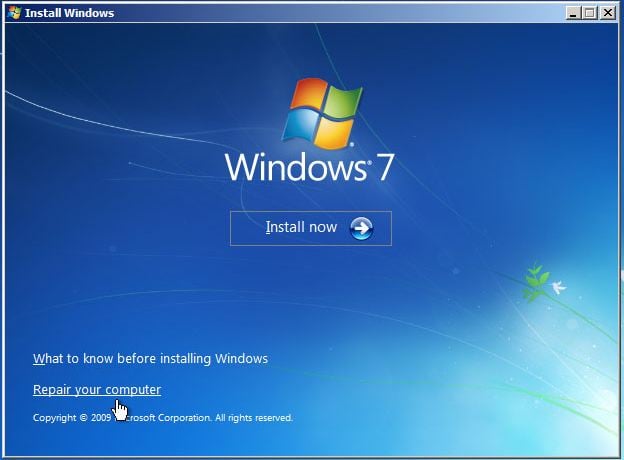
STEP 3: The computer will take a moment now to scan itself for any Windows installations, after which you will likely be given a choice to select which installation you wish to repair. Select the appropriate Windows installation from the list and then continue. If by chance a problem is detected in one of your Windows installations at this initial stage, the system may also ask you if it can try to repair the problem automatically. It is up to you if you wish to let the system try to repair itself, but otherwise just select No.
STEP 4: Once you have reached the System Recovery Options screen, as shown below, you will be faced with a list of choices that can aid you in repairing a damaged Windows 7 operating system. If you wish to try the Startup Repair option first, it is often successful in automatically fixing many different start up issues, but in this article we will be using the Command Prompt option to resolve our problems manually. So, click Command Prompt to continue.
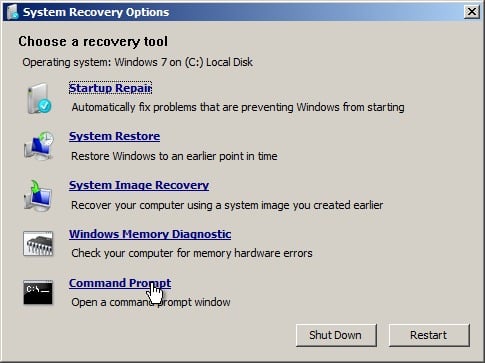
STEP5: Now sitting at the command prompt, enter the following command and then press enter:
bootrec.exe /FixMbr
If successful, you should be greeted with the message The operation completed successfully. That’s it! Your Master Boot Record has been repaired.
While the above command does fix the MBR, and sometimes that is enough, there still might be an error with the system partition’s boot sector and Boot Configuration Data (BCD). This might occur if you have tried to install another operating system alongside Windows 7, such as Windows XP. To write a new boot sector, try the following command:
bootrec.exe /FixBoot
If you are still faced with your Windows 7 installation not being detected during start up, or if you wish to include more than one operating system choice to your system’s boot list, you can try the following command to rebuild your BCD:
bootrec.exe /RebuildBcd
The above command will scan all your disks for other operating systems compatible with Windows 7 and allow you to add them to your system’s boot list. If this fails, you may need to backup the old BCD folder* and create a new one in its place with the following commands:
bcdedit /export C:\BCD_Backup
c:
cd boot
attrib bcd -s -h -r
ren c:\boot\bcd bcd.old
bootrec /RebuildBcd
*Some users also find simply deleting the boot folder and retrying the above steps effective at resolving boot issues, but it is not recommended.
How to change active partitions
Upon purposely changing the active partition on my system drive, I was faced with a BOOTMGR is missing error during my system’s start up that prevent Windows from starting. It is a common mistake to make when playing with partitions on a system drive and it can be a headache to solve if not prepared. To change your active partition back using the Windows 7 recovery disc or Installation DVD, follow the steps below.
STEP 1: Follow steps one to four in the above guide. This should take you to the Command Prompt in the Windows Recovery Environment.
STEP 2: Type DiskPart and then press Enter.
Step three: Type List Disk now and then press Enter. This command will list all disks attached to your computer and assign them a disk number.
STEP 3: Type Select Disk x, where x is the number for the disk containing the partition you wish to make active. Press Enter.
STEP 5: Type List Partition and then press Enter. You will now be shown a list of the partitions on the selected disk. Determine which partition you wish to make active.
You’ll see a list which will display your system partition.
(this is an example list)
Partition 1 OEM 39 MB
Partition 2 Primary 750 MB
Partition 3 Primary 297 GB < select the partition with Windows, which is probably the first one larger than 16 GB
STEP 6: Type Select Partition x, where x is the number of the partition you wish to make active.
STEP 7: Now, just type Active and then press Enter. That should be it – the selected partition is now active.

Attachments
Last edited:
